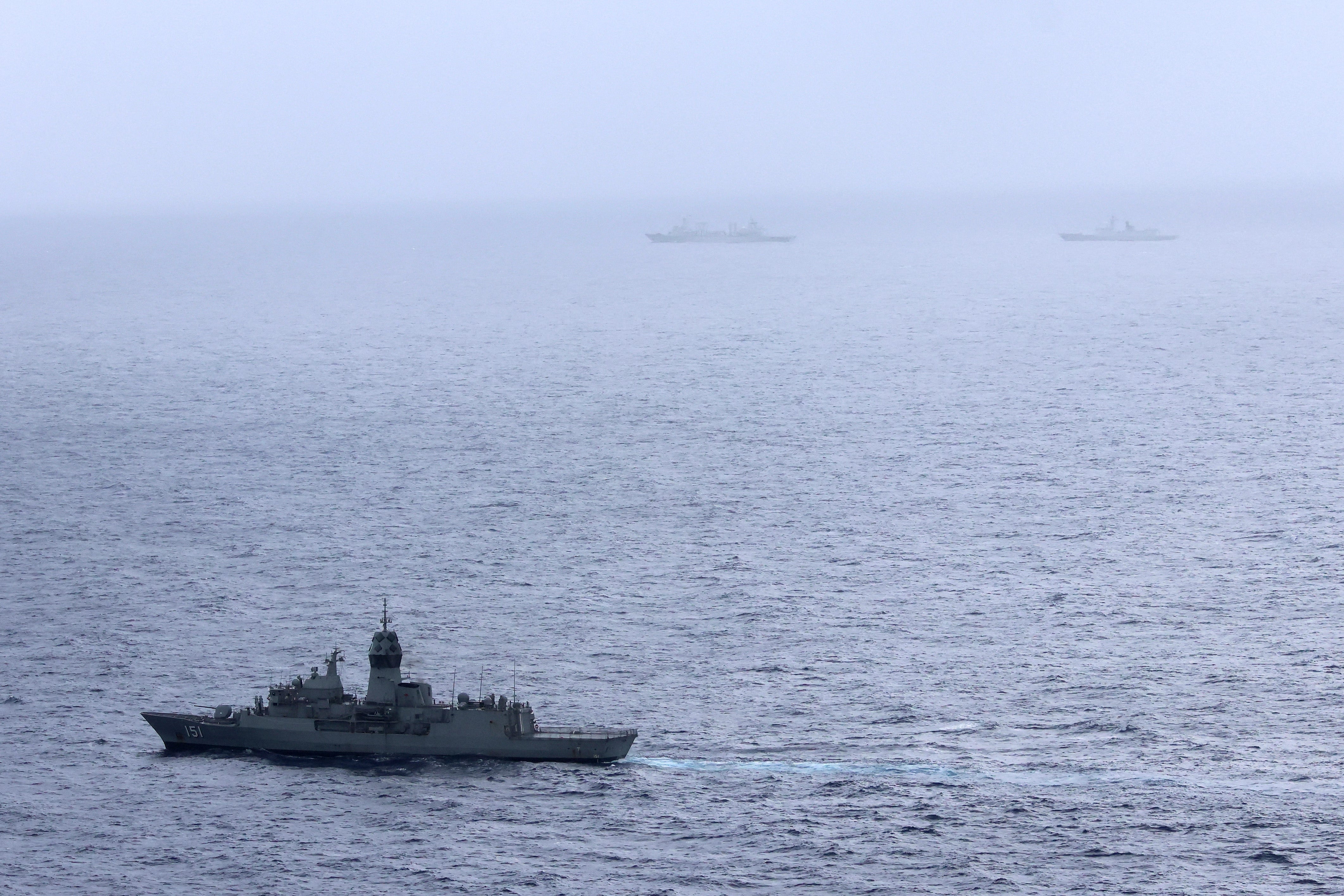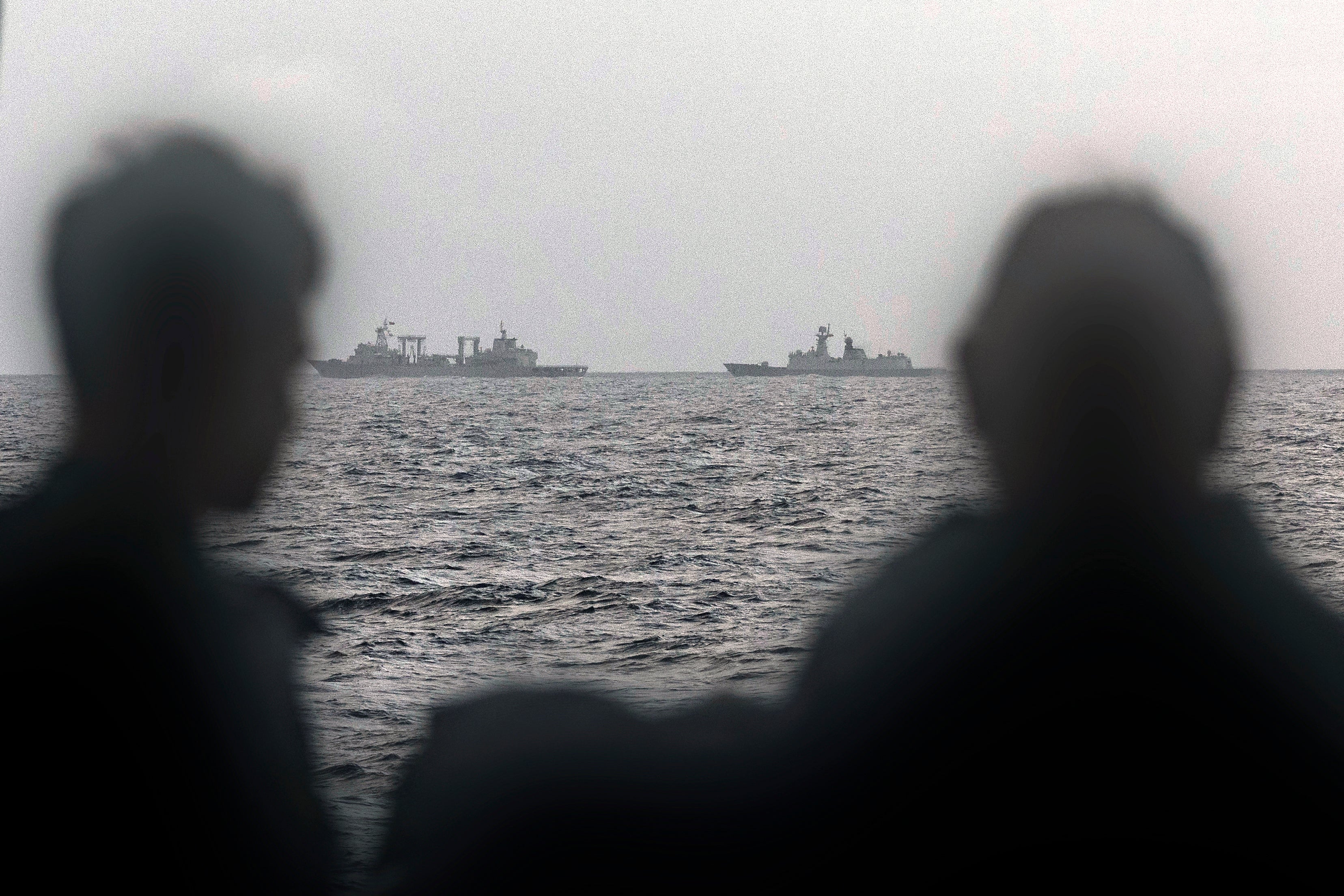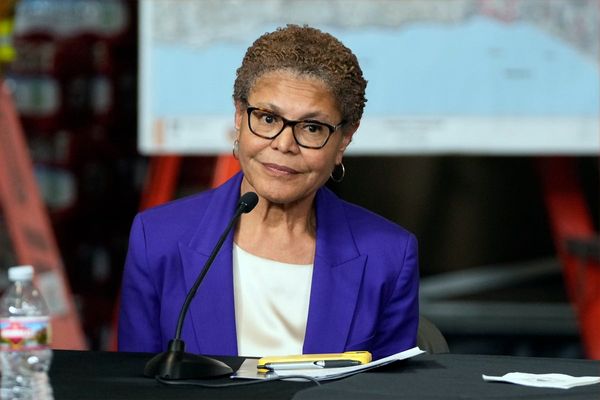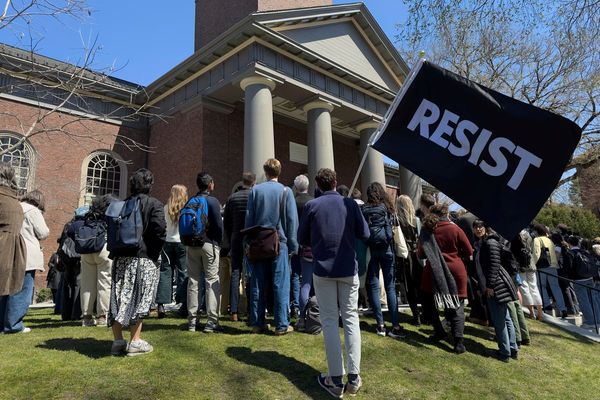A series of unexpected live-fire drills by Chinese naval vessels in the Tasman Sea has sparked criticism from Australia and New Zealand and raised questions over regional security.
The exercises were conducted by a trio of warships in the international waters beneath a busy commercial flight path, forcing at least 49 commercial flights to alter their courses allegedly with only minimal notice.
On Friday and Saturday, three Chinese warships sailed through the Tasman Sea, an expanse that spans approximately 1,200 miles (1900km) between Australia and New Zealand. The naval task group, comprising a destroyer, a frigate, and a replenishment vessel, executed live-fire drills in an area that, while legally open to military activity, is heavily used by commercial airlines.
The vessels, part of China’s People’s Liberation Army (PLA) Navy, issued warnings to pilots over an emergency radio channel, signalling that the aircraft were flying above an active firing exercise, reported Reuters. This abrupt alert prompted a rapid diversion of flights, including those operated by major carriers such as Qantas, Emirates, Air New Zealand, and Virgin Australia.

Airservices Australia’s chief executive officer, Rob Sharp, explained during a parliamentary hearing on Monday that a Virgin Australia pilot was the first to alert the authorities. "So that was how we first found out about the issue," he said.
The warning left little time for the commercial aviation community to adjust their flight paths safely, he said. Mr Sharp’s deputy, Peter Curran, added that the drill may have commenced roughly 30 minutes before the pilot received the notification, further exacerbating the operational challenges.
Questions over notification procedures
Pilots are alerted about military drills or rocket launches that could impact civil aviation well in advance through Notices to Airmen (Notams), typically 24 hours before the event. However, the Chinese warning was delivered on “a couple of hours’ notice”, a timeframe deemed by New Zealand’s defence minister, Judith Collins, as far too short to allow for proper diversion planning.
"This is opposed to what we would consider best practice, which is 12 to 24 hours’ notice so that aircraft are not having to be quickly diverted when they’re on the wing," Mr Collins told Radio New Zealand.
Despite the criticism, Chinese officials maintained that they had provided sufficient warning. China's defence ministry spokesperson, Wu Qian, insisted that the vessels “repeatedly issued safety notices in advance”. He further accused Australian officials of “unreasonable accusations” and of deliberately exaggerating the situation.
Legal boundaries and strategic implications
Both Australian and New Zealand leaders have clarified that while the Chinese vessels operated within the legal confines of international waters, the lack of extended notification was nonetheless problematic.
Australian defence minister Richard Marles described the manoeuvre as “not unprecedented, but unusual”, noting that the warships were operating within Australia’s exclusive economic zone (EEZ) – a region where Australia holds special economic rights over marine resources, though not full sovereignty.

The incident comes amid the recent easing of a Chinese trade freeze on Australian goods, which had been seen as a positive step toward mending relations.
Political analysts suggest that the incident is emblematic of broader strategic tensions in the region.
Michael Shoebridge, former Australian defence and security official and director of Strategic Analysis Australia, said that the maneuvers could be a calculated response to Australia’s bolstered military ties with nations such as Japan, the Philippines, and Vietnam.
“If the Australian prime minister admits that this stabilisation of the Australia-China relationship has done nothing to stop China’s growing aggression towards our military in the wider region, it undercuts their signature foreign policy achievement,” he told the Associated Press.
Regional concerns and diplomatic repercussions
Conducted in the Tasman Sea – a critical corridor between the two largest Western powers in the South Pacific – the exercises have drawn particular attention for occurring further south than typically expected.
New Zealand’s military confirmed that at the time of the report, the Chinese vessels were approximately 218 nautical miles east of Hobart, Tasmania’s capital. This proximity has heightened regional security anxieties in both Wellington and Canberra, particularly as Beijing continues to cultivate security deals with small island nations throughout the South Pacific.
While New Zealand deputy prime minister Winston Peters is scheduled to visit China on 25 February, Ms Collins revealed that officials are “seeking assurance from the Chinese embassy” regarding future activities, given the unusually short notice and the shifting nature of the formations observed during the drills.
Aviation safety and civilian impact
The sudden need to divert flights not only disrupted the schedules of commercial airlines but also posed potential risks to passenger safety. Air traffic controllers were forced to establish an exclusion zone on very short notice, with Mr Sharp and his deputy stressing that such emergencies could lead to larger operational disruptions, especially given the busy air corridors that criss-cross the Tasman Sea.
While China’s defence ministry maintains that its actions did not compromise aviation safety, the practical impact on commercial flights and the need for immediate re-routing indicate a significant oversight in communication protocols.
“There was a warning to civil aviation flights, that was basically a very short amount of notice, a couple of hours, as opposed to what we would consider best practice, which is 12-24 hours’ notice, so that aircraft are not having to be diverted when they’re on the wing,” Ms Collins told RNZ.
Mr Curran, AirServices Australia’s deputy chief executive, highlighted the contrast with practices by other nations in parliament, saying that the French defence forces which conduct military drills near their territories in the Pacific typically notify air traffic control 24 to 48 hours in advance.
The strategic message behind the drills
Beyond the immediate aviation and diplomatic concerns, many experts believe that these exercises signal a broader strategic message from Beijing.
In recent years, the PLA Navy has been actively working to transition from a coastal defence force to a true blue-water navy, capable of projecting power globally. The deployment of the destroyer CNS Zunyi, reportedly equipped with 112 vertical launch cells and an anti-ship ballistic missile range of 540 nautical miles, demonstrates a significant leap in naval capability.
As research fellow Collin Koh at the S Rajaratnam School of International Studies in Singapore told CNN: “Its presence so far south in the Tasman Sea – and as part of a full-fledged combat flotilla – is really considered unusual and rather unprecedented.”
Analysts have observed that these drills may be intended to assert China’s growing operational confidence and to signal to regional and global powers that the PLA Navy is evolving rapidly. “In recent years, the PLA Navy has shifted from near seas to far seas. They’re increasingly training themselves up to be a true blue-water navy,” Mr Koh said.
Diplomatic rhetoric and future implications
In the aftermath of the drills, diplomatic rhetoric has been as heated as the military manoeuvres. Australian prime minister Anthony Albanese acknowledged that while the drills complied with international law, “Beijing could have given more notice”. This comment, though measured, reflects the underlying tension between the need for transparency and the desire to avoid unnecessary escalation.
Meanwhile, Chinese foreign minister Wang Yi and his defence ministry colleagues have taken a strong stance, urging Australia to approach the situation with “an objective and rational attitude”.
Wu Qian’s statement encapsulated Beijing’s perspective: "China hopes Australia will approach the relations between the two countries and their militaries with an objective and rational attitude, show more sincerity and professionalism, and make genuine efforts to contribute to the stable development of these ties."







